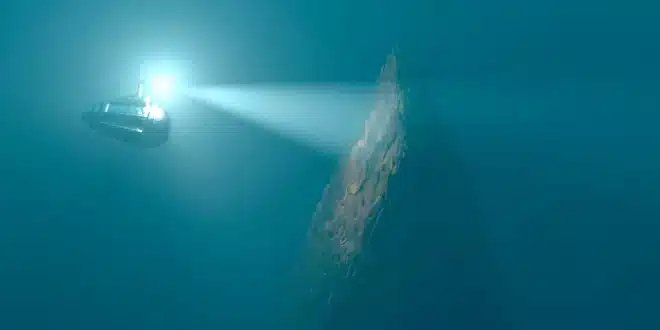Researchers have uncovered a massive geological structure deep in the Pacific Ocean near Easter Island, which may explain the rapid expansion of the East Pacific Rise, the world’s fastest-spreading ocean ridge. This finding was made by University of Maryland geologist Jingchuan Wang and his team using seismic data, as reported by Science Alert.
The team utilized sound waves to penetrate deep into the Earth, creating seismic maps that revealed a peculiar blob within the mantle beneath the Nazca Plate, adjacent to South America’s continental plate. The mantle, composed of heated silicate rocks, lies between the planet’s cool, thin crust and its core and accounts for most of Earth’s volume.
Over millions of years, this mantle layer has circulated due to significant temperature variations between its boundaries, causing cooler, denser materials to be drawn towards the warmer interior—a process known as subduction. Currently, the Nazca Plate is undergoing subduction beneath South America, recycling surface materials back into the mantle.
Researchers have identified a rapidly growing ocean ridge beneath Easter Island on the opposite side of this plate, leading to a mysterious structural gap between the central and eastern Pacific.
“Our discovery opens up new questions about how the deep Earth influences what we see on the surface across vast distances and timescales,” Wang explained.
He further noted that the sinking material in this region moved at half the expected speed, suggesting that the mantle transition zone might act as a barrier, slowing down material movement through the Earth.
“This thickened area is like a fossilized fingerprint of an ancient piece of seafloor that subducted into the Earth approximately 250 million years ago. It’s giving us a glimpse into Earth’s past that we’ve never had before,” Wang added.
Wang and his colleagues are continuing their study on the shifting models of tectonic plates throughout Earth’s history.
“This is just the beginning. We believe there are many more ancient structures waiting to be discovered in Earth’s deep interior. Each one has the potential to reveal new insights about our planet’s complex past—and even lead to a better understanding of other planets beyond ours,” he concluded.


